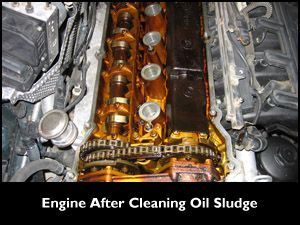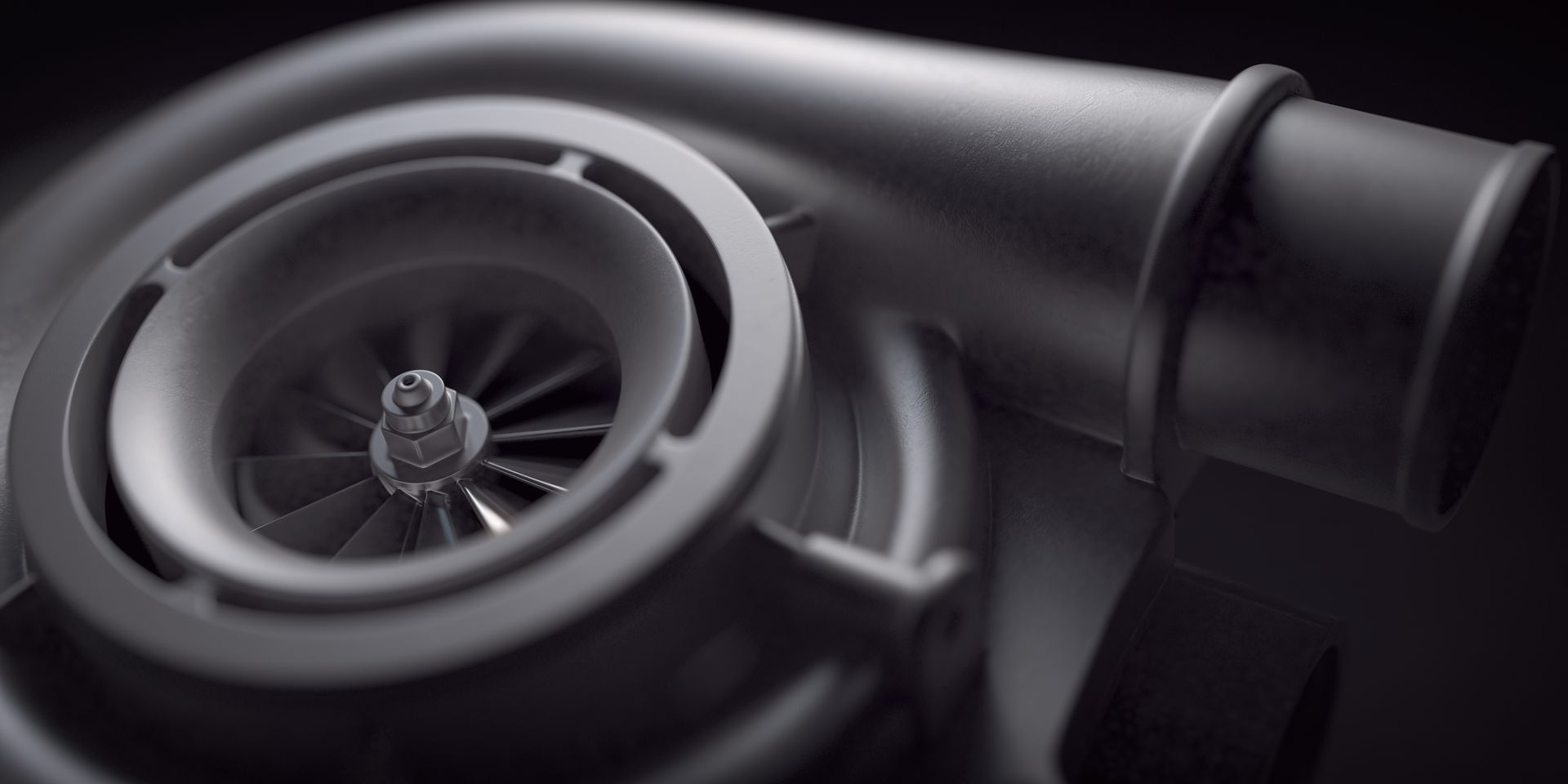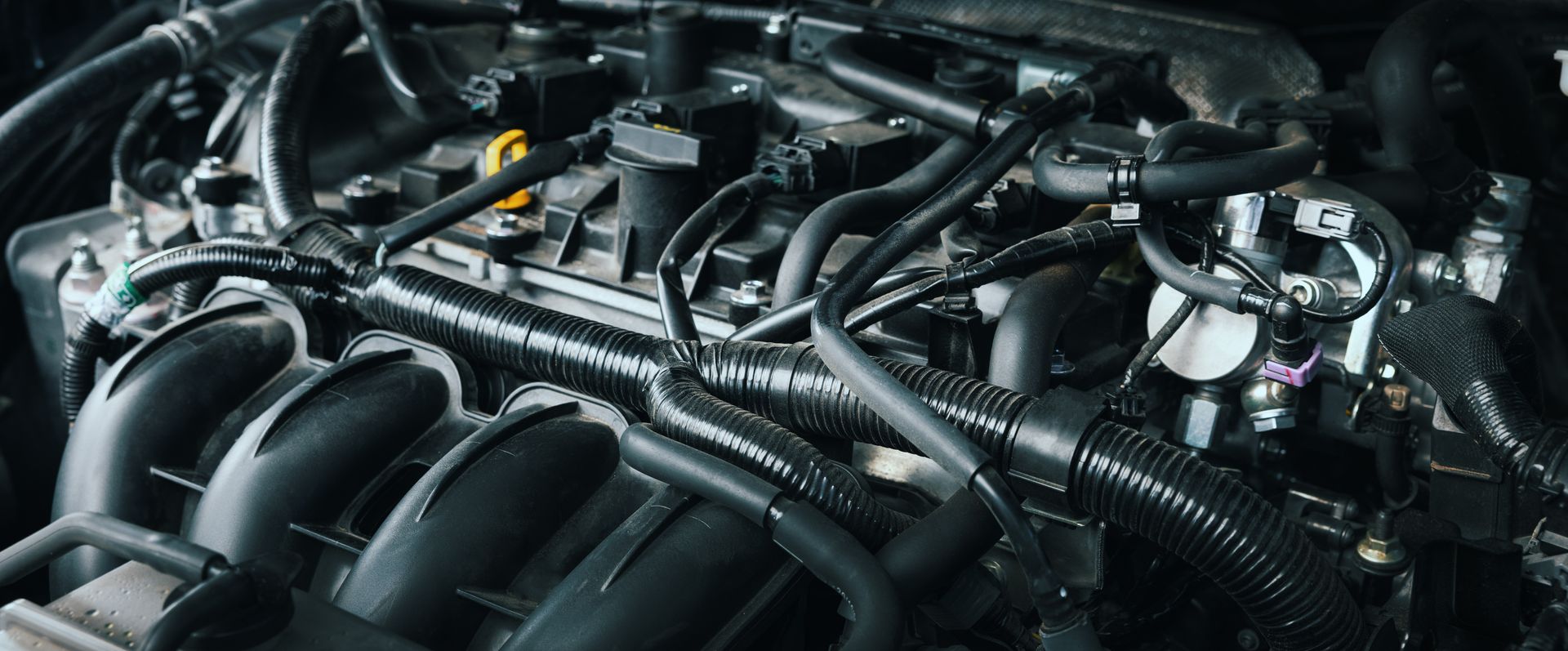SLUDGE – THE REPERCUSSIONS OF FAILING TO PROMPTLY CHANGE YOUR OIL AT REGULAR INTERVALS
SLUDGE – THE REPERCUSSIONS OF FAILING TO PROMPTLY CHANGE YOUR OIL AT REGULAR INTERVALS
By: Mark Herbert, Master ASE, L1 Factory Trained Technician of European Auto Tech
Engine sludge is a thick, dark substance that can build up and clog the oil passages within an engine.
Normal engine combustion creates gases, water vapor, fuel fragments and acids inside the engine. These by-products of combustion are held in suspension in the motor oil. If the oil is changed at regular intervals, most of the sludge particles are drained away with the used oil. However, if the oil is not changed regularly, over time these by-products begin to group together to form sludge.
The main cause of sludge is from extending drain intervals beyond the car manufacturer’s recommendation. But we have seen sludge in customers’ cars that follow the oil change/service indicator on the dashboard or the manufactures recommendation in the maintenance manual. On average, the service indicator will count down from 7,500 miles to 15,000 miles between oil changes. And vehicles without service indicators the drain intervals are from 7,500 to 10,000 miles. But these recommendations are only under normal driving conditions.
Problem is normal driving conditions do not exist in the real world.
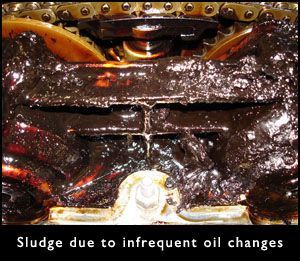
Most drivers drive under severe driving conditions definitions, under which more contaminants are produced. If you drive in hot or cold weather, in dusty or muddy conditions, on rough roads, in lots of stop and go traffic, make frequent short trips, and/or drive in coastal areas or where road salts are used, you are a severe driver.
Sludge can happen to any vehicle, regardless of the car’s age or mileage.
In fact, back in 1998 when a certain manufacture introduced their FSS (flexible service system) which was suppose to tell the difference between normal and severe driving conditions, they were experiencing a high engine failure rate. So bad that the issued a bulletin to the owners of those vehicles (I think the bulletin came out 2001 or 2002). The bulletin stated if the driver was going to go by the FSS recommendations in their instrument cluster, that they should switch to synthetic oil.
Sludge build-up within your engine can cause a decrease in engine performance and reduced fuel efficiency. Sludge can clog and restrict primary oil flow passages, oil return passages, and filter elements leading to reduced engine lubrication. It will reduce the cooling ability of the oil causing an increased strain on the cooling system. It will increase engine noise.
Once sludge builds up in an engine, it is difficult, if not impossible, to remove. In extreme cases over time, sludge build-up could cause engine failure, which can cost a consumer thousands of dollars in repairs.
The pictures show a severely sludged engine, this engine is beyond help. It needed major engine repair at a high repair cost.
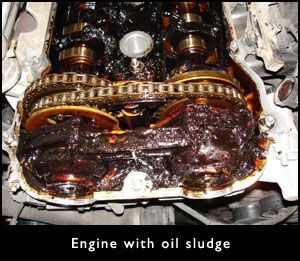
There is hope if an engine has sludge. Minimal amounts of sludge we can clean up, we would have to evaluate it on a case by case basis.
But we recommend not allowing sludge to form. Lowering your oil change interval and depending on the year and make, changing over to synthetic oil is a start.
UPDATE: The image on the right is of the same engine after we performed a BG Engine Oil Quick Clean, lowered the customers oil change intervals for a short period of time and now they are changing their oil every 5000 miles. Some engines can be saved.
Mark Herbert
Master ASE, L1 Certified
Factory Trained Technician
